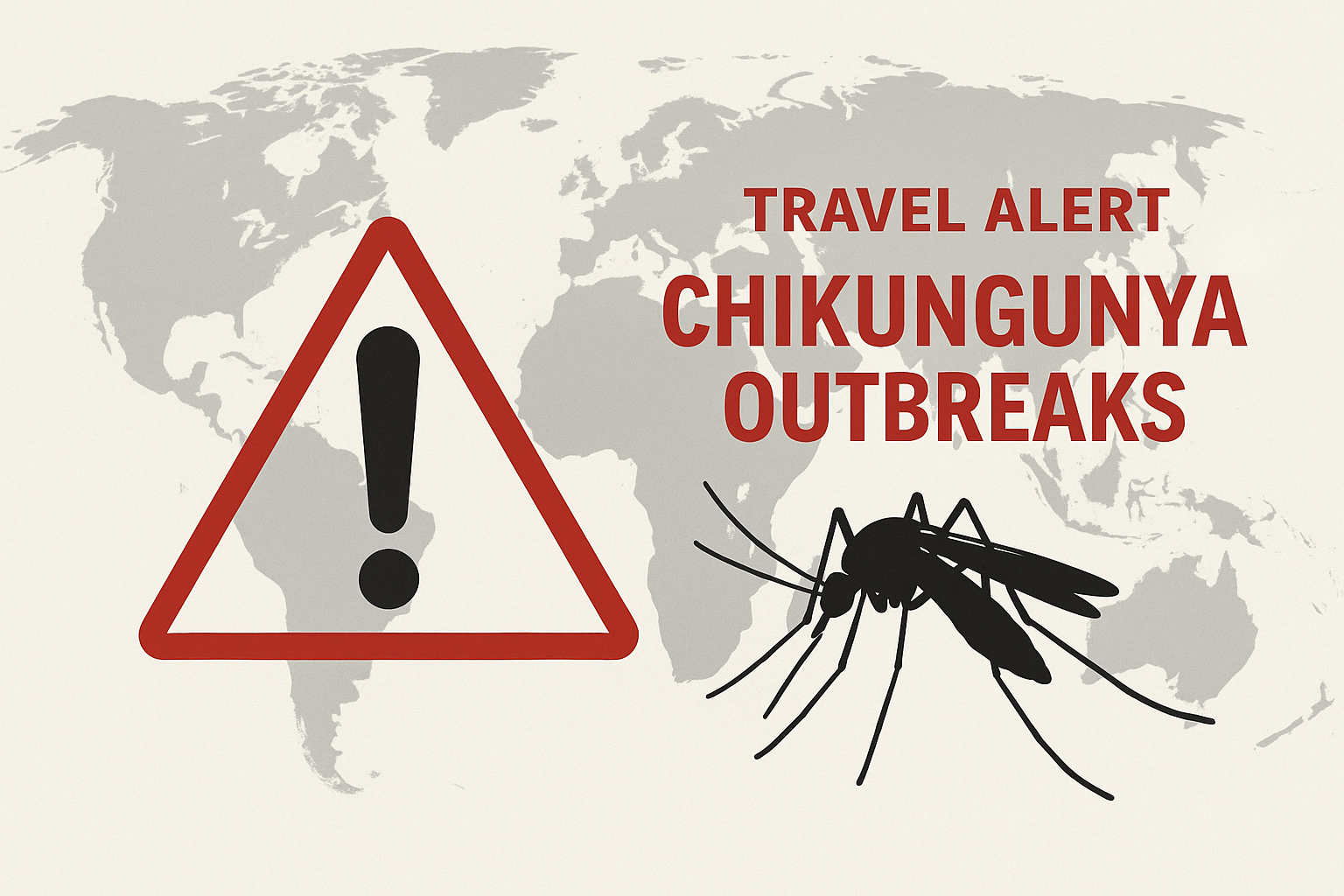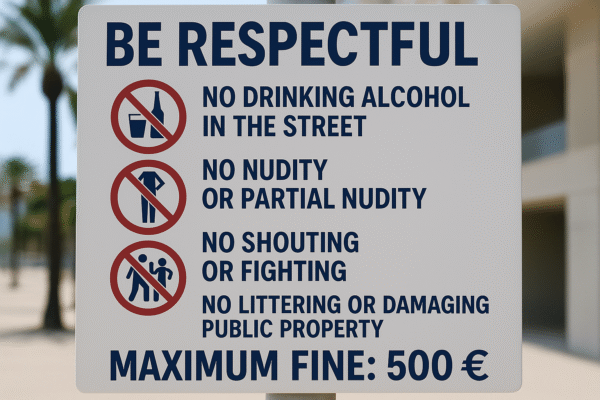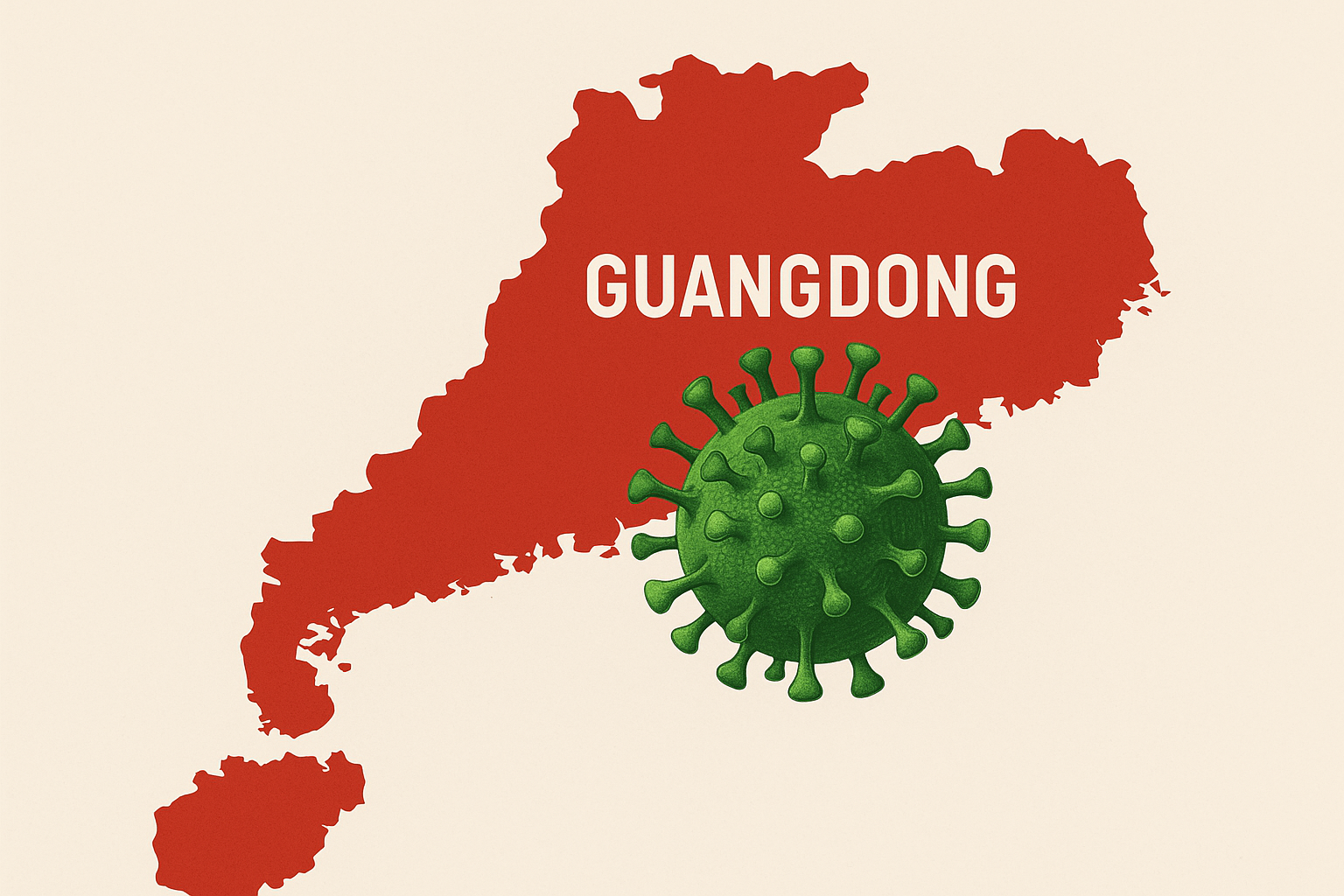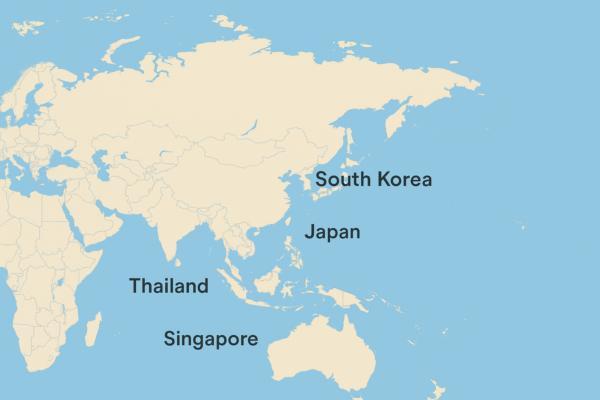A major outbreak of the chikungunya virus is spreading quickly in southern China, affecting thousands of people and putting pressure on the country’s tourism sector. With more than 7,000 confirmed cases reported in Guangdong province, especially in Foshan, health and travel experts are urging caution for those planning to visit the region.
This outbreak comes at a time when China’s summer and autumn tourism season is at its peak. The virus is already impacting visitor numbers in nearby hotspots like Guangzhou and Hong Kong. Tourism businesses are preparing for reduced demand as concerns grow over health risks in the area.
What Is Chikungunya?
Chikungunya is a mosquito-borne virus transmitted mainly by the Aedes aegypti and Aedes albopictus mosquitoes, which are active during the daytime. The illness causes symptoms like:
- High fever
- Severe joint pain
- Muscle aches
- Headache
- Skin rash
Most people recover within a week, but joint pain can last for months, especially in older adults or people with other health issues. The virus does not usually cause death, but it can severely affect quality of life during recovery.
Because its symptoms are similar to those of dengue or Zika virus, diagnosis can be difficult without testing. Travelers are advised to seek medical help if symptoms appear during or shortly after their visit to the region.
Where Is the Virus Spreading?
The outbreak began in Foshan, a city in Guangdong province, but cases are rising in surrounding areas. Guangdong borders Hong Kong and Macao, raising concerns of cross-border spread, especially in tourist-heavy regions.
This region is a major gateway for international travelers, so the virus has quickly drawn global attention. Several nearby countries have started screening travelers arriving from southern China.
Travel Alerts and Precautions
Health agencies have raised the travel alert level for the affected area. Tourists are being asked to:
- Avoid mosquito bites by using repellents with DEET or picaridin
- Wear long sleeves and pants, especially during the day
- Stay in air-conditioned or screened rooms
- Avoid outdoor activities near standing water
Pregnant travelers and elderly tourists are urged to delay non-essential travel to Foshan and nearby regions. Vaccines for chikungunya are available in some countries but not widely used yet.
China’s Response to the Virus
Local authorities have launched strict control measures, including:
- Widespread mosquito spraying and removal of standing water
- Use of larvae-eating fish and specially bred mosquitoes to reduce mosquito populations
- Public health enforcement, including fines for those not removing mosquito breeding areas
- Isolation of infected patients in hospitals with mosquito nets and controlled environments
These efforts are aimed at preventing a wider outbreak and protecting both residents and visitors.
Impact on Tourism in China
The timing of this outbreak is especially bad for the tourism industry, which is still recovering from the effects of the COVID-19 pandemic. Guangdong is one of China’s most visited provinces, and travel plans to cities like Guangzhou, Shenzhen, and Foshan are already being affected.
Tour operators, airlines, and hotels in the region may experience a drop in bookings. Local businesses that depend on international tourism—such as restaurants, shops, and attractions—are also expected to feel the impact.
Long-Term Travel Impacts
This outbreak highlights how health risks can quickly disrupt international tourism. Travelers are now more health-conscious and cautious when planning trips abroad. Many are looking for destinations that offer clear safety measures, healthcare access, and strong disease prevention.
Travel trends are shifting toward:
- Health-aware destinations
- Flexible travel plans
- Better travel insurance
- Digital health certificates
The tourism sector worldwide must adapt to these changes by promoting safe travel practices and being ready to respond to health emergencies quickly.
Conclusion: Staying Safe While Traveling
Although chikungunya is not often deadly, it poses a real risk to travelers’ health and travel plans. Tourists heading to southern China should monitor updates and follow all safety recommendations. By staying informed and cautious, travelers can protect themselves and help reduce the risk of further spreading the virus.
As the world continues to open up after the pandemic, health will remain a top concern in global tourism. Outbreaks like this one remind us that careful planning and public health awareness are key to safe travel in the modern world.
For more travel news like this, keep reading Global Travel Wire















